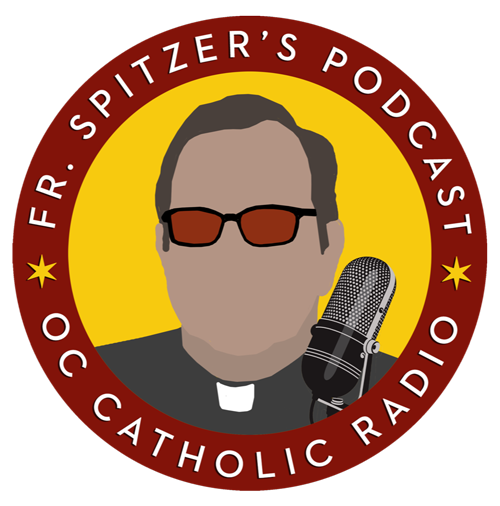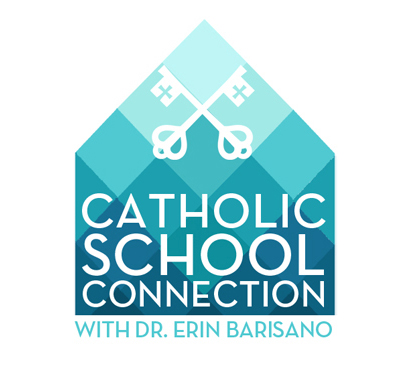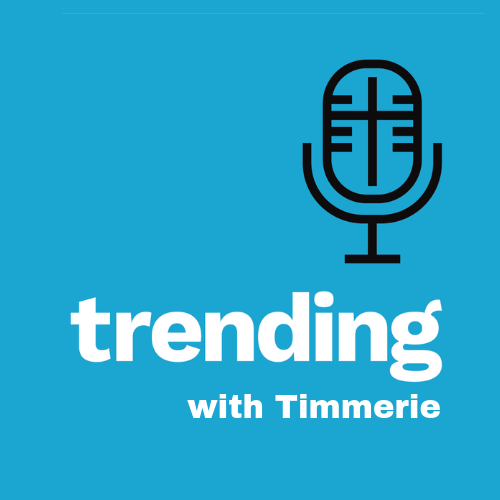Washington D.C., Jul 12, 2019 / 03:09 am (CNA) – In the wake of terrible conditions of negligence and abuse reported at some U.S. hospice facilities, several Catholic doctors are emphasizing the need for Christians to embrace a ministry of aiding hospice patients and their families.
“How can anyone be other than shocked and saddened by the cases reported?” Dr. Barbara Golder, M.D., J.D. told CNA July 10. “It breaks my heart, and I suspect anyone who has a loved one in hospice or extended residential or skilled nursing care worries about these things. This report makes it clear such worries are not unreasonable.”
The Office of Inspector General for the Department of Health and Human Services on July 9 released two reports on U.S. hospice care, CNN reports. These reports said that more than 80% of end-of-life facilities had at least one deficiency.
Over 300 facilities, about 18%, had serious problems that jeopardized patients’ health and safety, the reports said.
Golder, the editor-in-chief of the Catholic Medical Association’s official journal, the Linacre Quarterly, told CNA that such reports are designed to highlight problems which must be fixed immediately.
“It’s also important to remember that there are excellent hospices that provide splendid care for their patients,” she said.
The worst cases of negligence and abuse in the new reports included a dying man whose feeding tubes had maggots growing around it, and a case in which caregivers failed to treat a patient with Alzheimer’s disease to such an extent that his leg had to be amputated. In yet another case, those responsible for a hospice patient failed to recognize signs on her body of sexual assault.
One woman in hospice care was repeatedly abused by her daughter, who was also her caregiver. The hospice’s social worker was notified of the signs of abuse, but he did not visit for several weeks and then did not assess the patient’s safety.
Another patient’s neighbor repeatedly entered his apartment “naked, high and drunk” and stole medications including opioids and anti-anxiety pills. Several hospice employees were aware of the situation but the hospice planned no further action to notify law enforcement or to ensure patient safety.
Hospice care in the U.S. received $17 billion in Medicare funds in 2017, serving over 1.5 million patients.
End-of-life care in the U.S. is increasingly discussed in the context of debates over legal assisted suicide, and Golder suggested reports about poor hospice care show the need to address the fundamental fears and concerns of people vulnerable to suicide.
“People who opt for assisted suicide often do so because they fear losing their dignity and value as people, rather than because they are in intractable pain or near the end of life,” she told CNA. “Reports of care like this – which clearly fails to respect the person – only feed that fear. It isn’t hard to imagine a patient deciding to end his life rather than risk hospice care if he fears that he will be treated as patients were in the most egregious cases outlined in the report.”
Golder encouraged parishes to take account of local people who are in hospice care and ask whether there is a way for the community to be aware of problems and to respond as communities and as individuals.
“Who are the patients in local facilities who have no one to visit and are thus more likely to be abused?” she asked. “Are we stepping up? Are we encouraging each other to do so?”
“Part of our call as Christians is to be present in the lives of the suffering long before it comes down to that choice, and both share in that suffering, and accompany the suffering patient so that the fear of worthlessness – as well as the risk of bad care – can be alleviated.”
The Christian faith in Jesus Christ can also be an explicit part of end-of-life care, Deacon Alan Rastrelli, M.D., told CNA. The Archdiocese of Denver deacon is a member of both the American Academy of Hospice and Palliative Medicine and the Catholic Medical Association.
“It is never too late, and that is where I concentrate my efforts to help those in doubt and despair know that Jesus, the Divine Physician, is always there with His hand reaching out,” Rastrelli said. “With this kind of care, that is the antidote to defuse the cry for assisted suicide and euthanasia – so patients and families can be assured of dignified care during the rest of their natural life, and avoiding aborting life at the end.”
Rastrelli told CNA he moved from anesthesiology into hospice and palliative medicine in order to address deficiencies in normal medical care at the end of life.
“End-of-life care requires addressing not just the somatic or physical symptoms, such as pain, but also the emotional, psychological, financial, and importantly spiritual component to a patient’s suffering,” he said.
Golder emphasized the Christian view that human beings are created in the image and likeness of God and this means “every patient is to be treated well and with dignity.”
“It’s particularly important to treat the vulnerable and dependent with love and care, as they cannot fend for themselves and are so often abandoned,” she said, citing Mother Teresa’s words that such people can be “Jesus in His most distressing disguise.”
“Sick patients are the face of Jesus, and if we take the great judgment scene in [the Gospel of Matthew] at all seriously, how we treat the least among us is how we treat Jesus – and it has eternal consequences,” she said.
In the inspector general report, Centers for Medicare and Medicaid Services administrator Seema Verma wrote that the cases of negligent care and abuse in hospices are “very serious” but not representative.
“We want to reassure beneficiaries considering hospice care that these cases are not indicative of the type of care the majority of hospice beneficiaries receive,” she said.
A CMS spokesperson told CNN the agency has “zero tolerance for abuse and mistreatment of any patient.” It requires every Medicare-certified hospice to “meet basic federal health and safety standards to keep patients safe.”
CMS said it has issued new guidance for hospice surveyors and inspectors “to help them more quickly identify and address the most grave patient safety situations.” Surveyors must now follow a standardized process when they identify “immediate jeopardy situations.”
The inspector general also found that the facilities with serious problems did not face “serious consequences” and recommended that the Centers for Medicare and Medicaid Services secure stronger legal authority to penalize hospices, comparable to its present authority to penalize nursing facilities. At present authorities cannot impose penalties, short of terminating hospices.
The reports also indicated missing areas of regulation. Hospices are not currently obliged by Medicare reporting requirements to report alleged abuse or exploitation.
Congressional action is needed to add remedies for poorly performing hospices and to add enforcement tools to protect patients are needed, the inspector general said.
According to Golder, though, punitive responses are not necessarily fixes on their own, as these can incentivize ignoring or hiding problems.
“We also need a way for institutions, and caregivers on the front lines, to recognize these problems early, and address them effectively, without fearing to ask for help because of overreaching fines and sanctions,” she said.
Golder stressed that hospice caregiving can be very difficult for caregivers and hospice staff. In her view, this is because “we tend to fear the dependency and debility we see in others, especially when it’s something we know to be the natural course of life.”
“We’d rather not face it – and that’s one source of neglect,” she said.
“One thing I think we often forget is that the caregivers in these facilities work hard at difficult and emotionally as well as physically demanding jobs, often for relatively low pay. That complicates these situations though it certainly does not excuse them,” Golder added, saying that abuses are not always simply rooted in malice.
“Staffing, lack of training, lack of understanding of what the law requires, and burnout can all contribute and no solution will be adequate if it fails to address contributing causes.”
Patients and loved ones can also respond to problem situations in hospice care.
Golder told CNA that in critical cases a call to 911 emergency services, adult protective services, or domestic violence hotlines may be in order. A local bar association can make referrals to attorneys specializing in elder law who may be in a position to assist and will meet with prospective clients for a minimal fee.
In less urgent situations, some institutions have staffers like ombudsmen to respond to patient care concerns.
“If the situation is less than life threatening, I think it is worth making one attempt – only one – to resolve the issue in-house by talking to someone from administration and asking for immediate clear steps, a firm timeline, and a responsible contact personally accountable to resolve the issue,” Golder advised.










